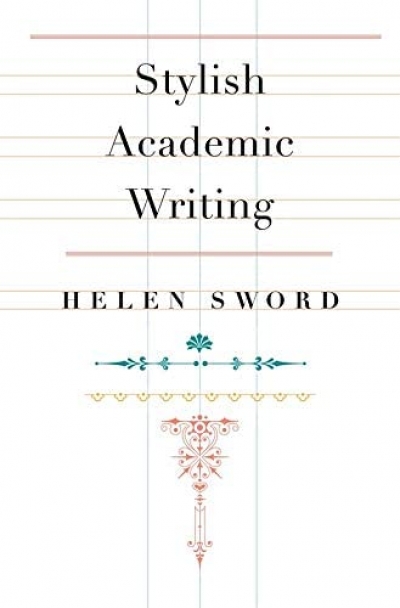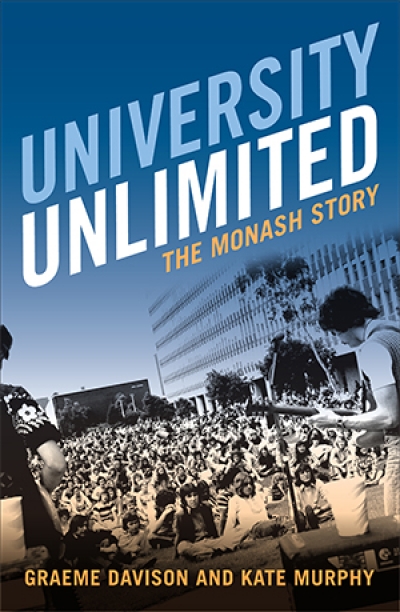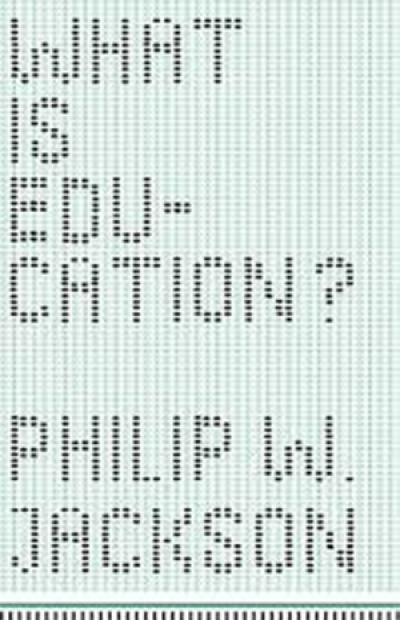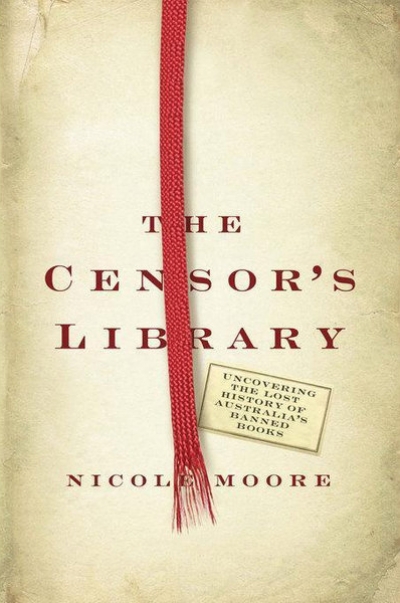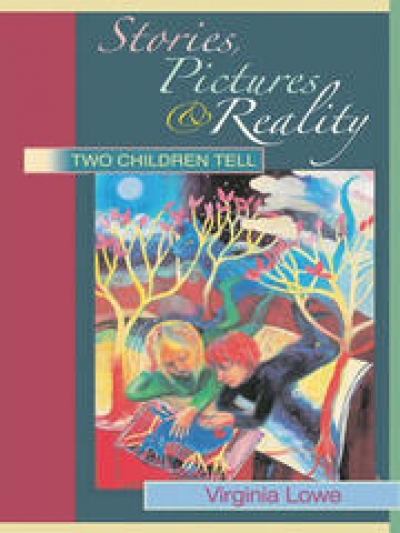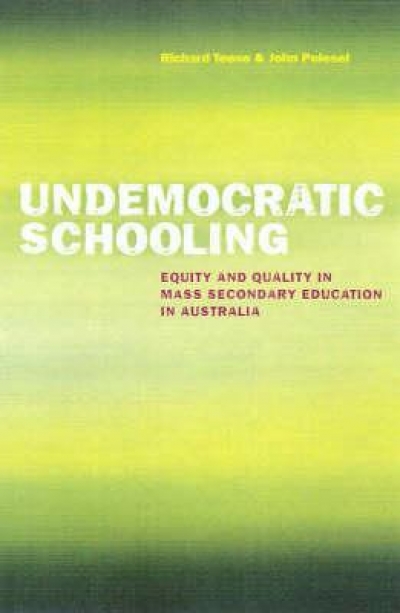Education
Whackademia: An Insider’s Account of the Troubled University by Richard Hil
by Suzie Gibson •
University Unlimited: the Monash Story by Graeme Davison and Kate Murphy
by Brenda Niall •
The Censor’s Library: Uncovering the Lost History of Australia’s Banned Books by by Nicole Moore
by Geoffrey Cains •
Resourceful Reading: The New Empiricism, eResearch, and Australian Literary Culture edited by Katherine Bode and Robert Dixon
by John Byron •
Stories, Pictures and Reality: Two children tell by Virginia Lowe
by Ruth Starke •
Undemocratic Schooling: Equity and quality in mass secondary education in Australia by Richard Teese and John Polesel
by Ilana Snyder •

